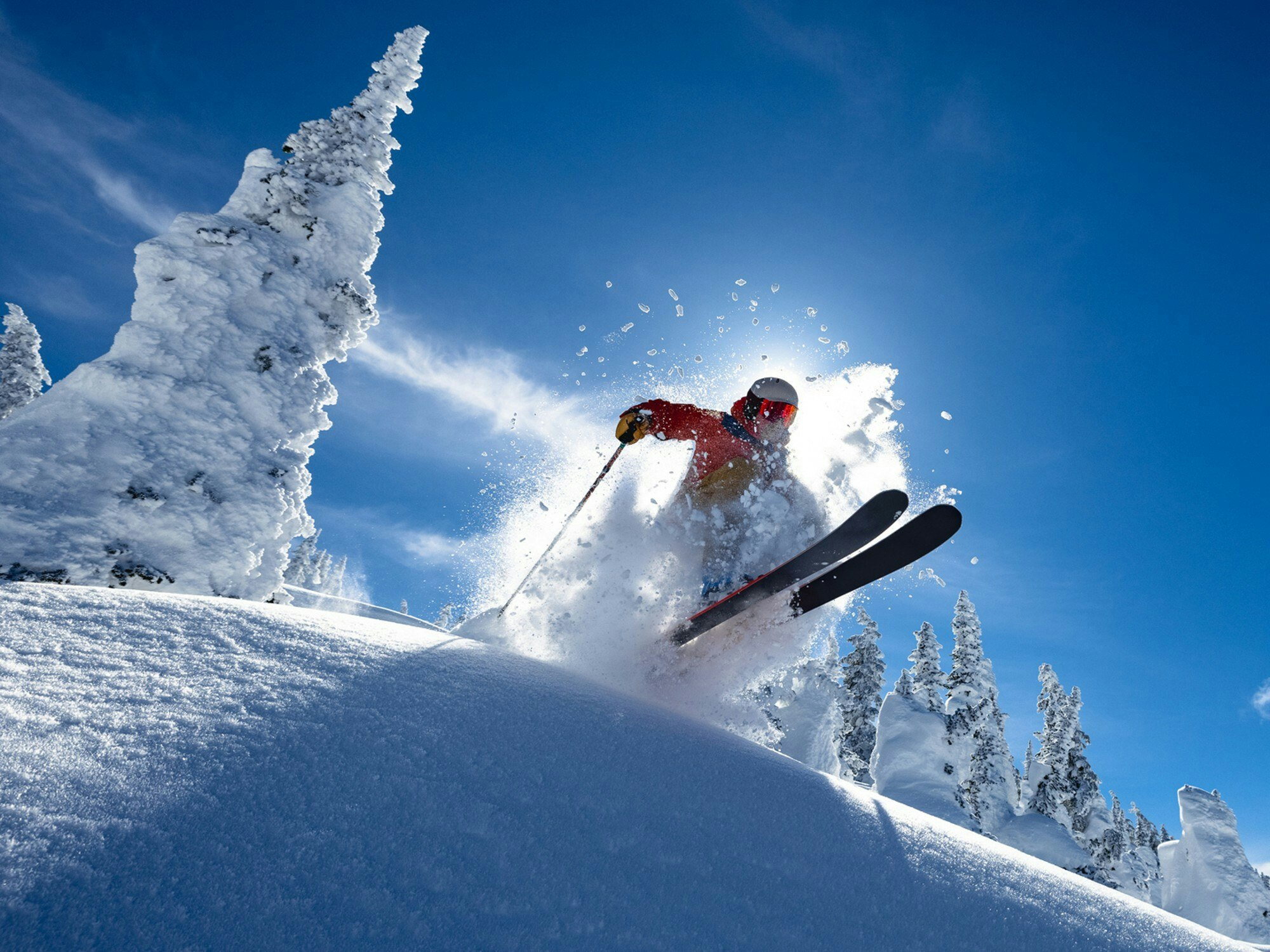Adaptive winter sports – the ski’s the limit!

Even though Australia is not known for snow or ice, winter sports are still popular across the country at ice skating rinks and snowfields.
Key points
- The variety and availability of adaptive sports are growing
- Adaptive programs are now offered in a range of traditional winter sports
- You could give these sports a go with a once-off session or join a club
Adaptive sports programs allow people with disability to find an activity that is accessible for them and there is a range of these adaptive options in winter sports.
Ice skating rinks
Indoor ice skating rinks can be kept cold and ready for use year-round and most States of Australia have at least one indoor arena.
Additional pop up arenas may be set up in public spaces during winter, but these are not permanent because they can’t be maintained when the weather heats up.
If you use a wheelchair you should be able to take it onto the ice, as long as the rink has a wide enough entrance.
The ice rink may have adaptive equipment you can borrow to fit to your wheels for a skate-like experience, or staff may supply a purpose built chair for the ice.
Other mobility aids – such as crutches or a walking stick – may be replaced with skating aids like frames or sit on objects that you can push around on the ice.
Some ice skating rinks may also offer sensory-friendly sessions with less noise and softer lighting.
You can call the ice skating rink before you go to ask what options are available and how much sessions cost.
The sport of curling is also done on an ice rink and involves pushing a puck towards a target on the ice. It can be done either standing or seated, which is known as wheelchair curling.
To take part in curling you will need to contact the club that uses your local ice skating rink, as it is a team sport and you can’t play it alone. Teams can be made up of all wheelchair curlers, all standing curlers or a mixture of both.
For a fast-paced and physical sport, you could try ice hockey, the adaptive version of which is called para ice hockey.
Para ice hockey players sit in a sled that is low to the ground and use two sticks with pointed ends to push themselves around, that double as the sticks used to play the puck.
Again, you will need to go through an association as it’s a team sport.
Snowfields
Outdoor winter snow sports adapted for people with physical disability include:
- Sit skiing – skiing in a seated position with a modified seat, or ‘bucket’, attached to either a single ski or double skis
- Adaptive snowboard – using regular boots and snowboard but with additional equipment used by a guide to provide steering support, such as a rubber frame called a snow wing
- Two track adaptive skiing – using regular equipment to alpine ski or cross country ski with additional supports if needed, such as a tether or ‘ski-bra’ to hold the tips of the skis together
- Three or four track skiing – using regular skis with outriggers, which are crutches with a ski tip for added stability
- Visually impaired skiing and snowboarding – using equipment such as plastic poles and specialised communication techniques
Disabled Wintersport Australia (DWA) is the National organisation for adaptive snow sports and offers camps, guides, equipment and accommodation in several skiing resorts across New South Wales and Victoria.
Adaptive snowsport guides help people with low vision or physical disability to access ski lifts, use equipment, communicate with instructors, direct those with vision impairment down the slope and help with turning for sit-skiers or others using adaptive equipment.
Adaptive instructors need to be booked separately for lessons if you want help to learn how to ski or snowboard and private companies may offer these lessons.
NDIS funding
As with all sports, you may be able to get National Disability Insurance Scheme (NDIS) funding to help you access adaptive winter sport.
The funding can go towards the cost of purchasing or renting specialised equipment, guides to support you during the activity, personal care you need during the activity and transport to your activity.
The NDIS will not fund tickets for ski lifts, fees for events or entry costs for competitions, as these are costs that any person participating in sport would be expected to pay.
Do you participate in a winter sport? Tell us about your experience in the comments below.
Related content:
Protecting yourself from getting sick during winter
Safe post COVID-19 pandemic activities